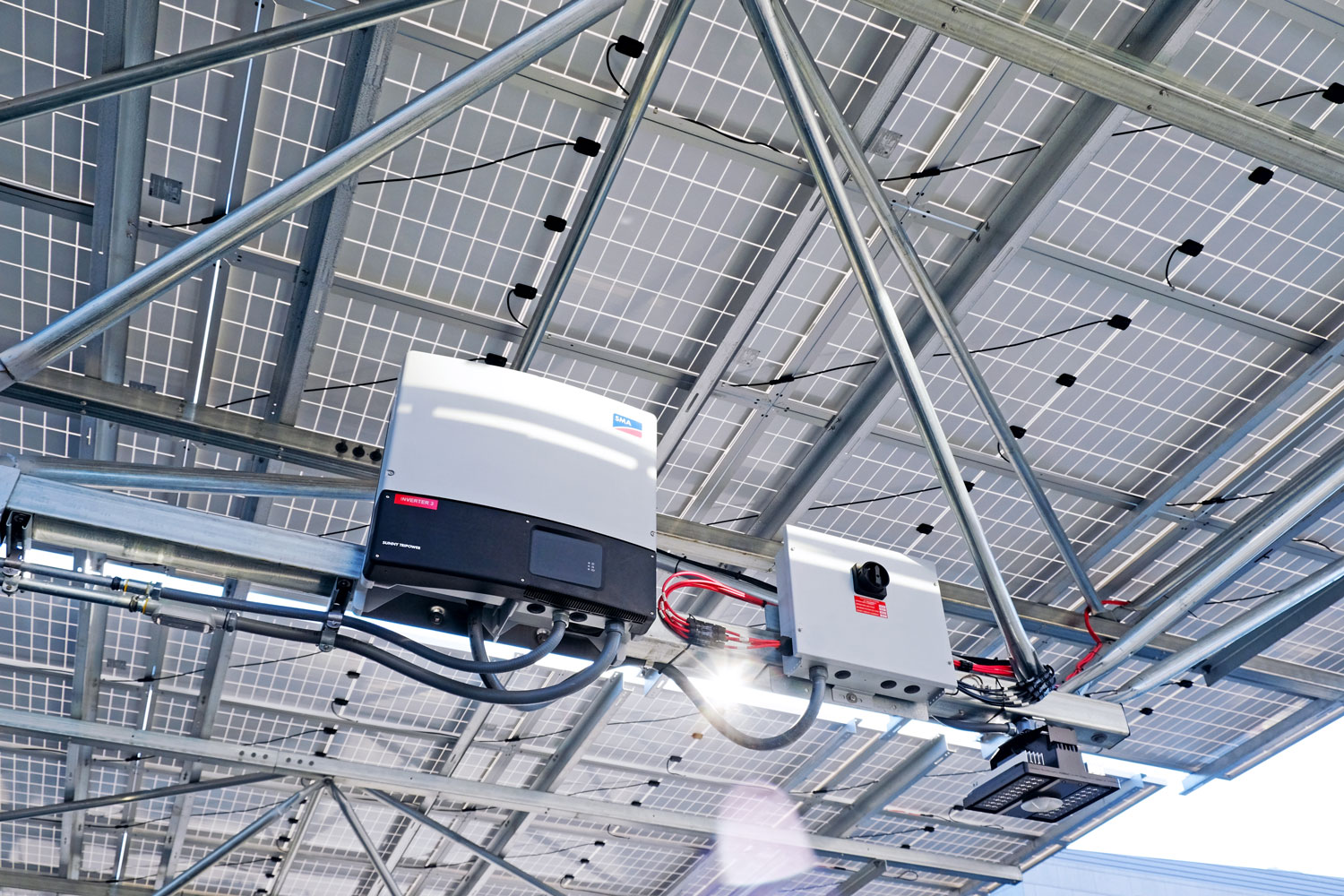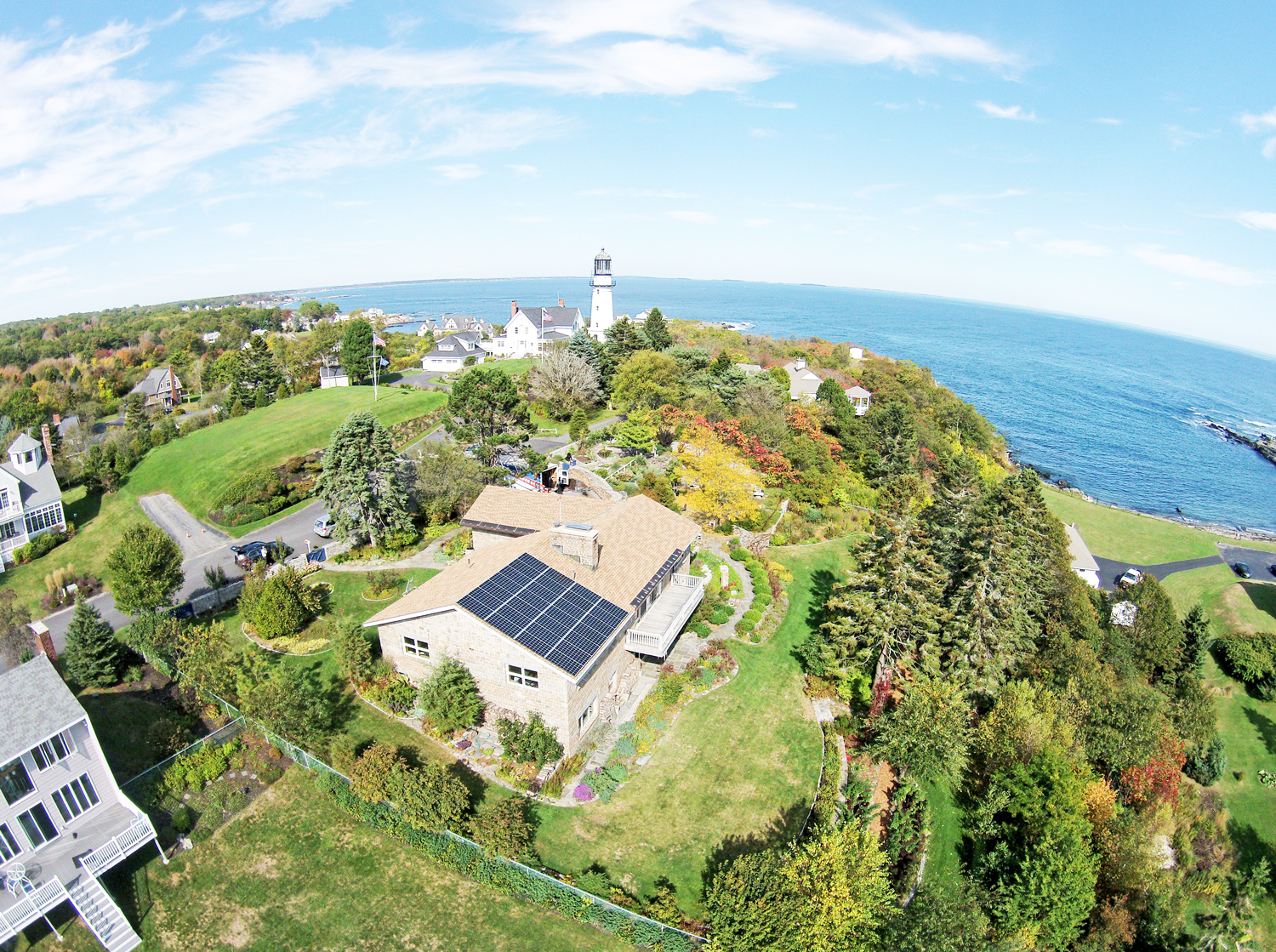Cheap, Classic Film Cameras and Their Experimental Appeal
If you dig the retro, grainy, saturated look of the hipstamatic photo app for smart phones, you may be interested in the world of inexpensive, plastic medium-format film lo-fi cameras like the Holga or Diana F+. As well, photographers who want to loosen up creatively, or experiment with film might enjoy working with these lightweight, basic cameras. I obtained a Diana F+, and have enjoyed shooting some rolls of Kodak Portra 120 film around Portland, Maine.
Here's a brief run-down of some available toy cameras, and the emergence of lomography as a community and aesthetic.
LOMO & Lomography
LOMO LC-A shot by unknown LOMO enthusiast.
As I understand it, the LOMO LC-A started it all, and brought it all back. It's a Russian camera that some Austrians revived in the early nineties. They formed the Lomographic Society International, known broadly as Lomography. In their own words:
"Lomography is a globally-active organization dedicated to analogue, experimental and creative photography. With millions of followers and friends across the world, the concept of Lomography encompasses an interactive, vivid and sometimes even blurred and crazy way of life. Through our constantly expanding collection of innovative cameras, instant products, films, lenses & photographic accessories, we promote photography as an inventive approach to communicate, absorb and capture the world."
Holga
A Holga shot by Marky Ramone Go.
The Holga is the first toy camera I ever heard of. Despite sounding like a Scandinavian creation, the Holga was from China. Created by Lee Ting-mo in Hong Kong in 1981, it is largely responsible for the global swell of toy camera enthusiasts. The factory closed in 2015, and that is that. Luckily there are thousands to be found for sale, after its boom in the 2000s.
Diana
The Diana was also created in China, during the 1960s, and is now known as the Diana F+. Dianas are a little more pricey than Holgas, but they are lighter and smaller.
I own a Diana, and am very pleased with the balance it offers. Its photos have the lo-fi, bright appeal, but are often crisp and rich. The focus and colors are a little more accurate than with the Holga, but the corners are vignetted in the same manner.
It's a system camera that came with a flash, but I haven't used it. As with other toy cameras, it's all too easy to experiment with double-exposures — most of mine are accidental from forgetting to advance the frame. It’s my habit to not wind it, because of how I toss it in a backpack often, where it could fire).
It's possible to load film two different ways with a removable template. One results in 12 large square frames, the other produces 16 smaller square frames. I have yet to shoot a roll in the smaller 16 frame format.
My gallery of successful Diana shots is below:


































